Books
Books
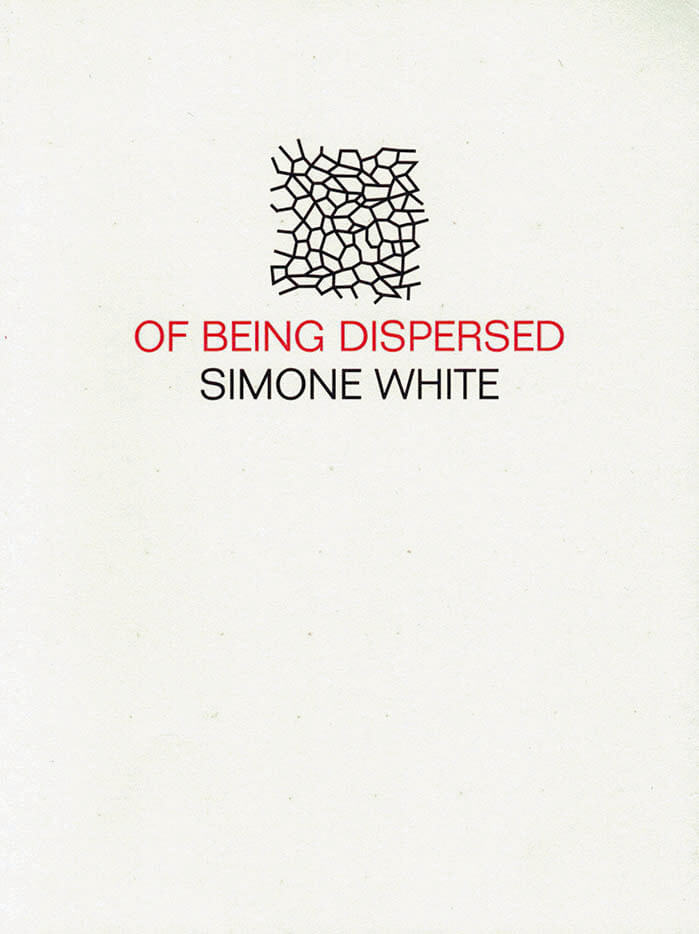
Of Being Dispersed
"I get this pinwheel relationship to wisdom & history when I read Simone White. I'm in her dream, but it's a remarkable solidly packed one informed by the quotidian rarity of for instance a prose disquisition on lotion and skin and haircare especially in winter. Like Dana Ward's, her work sends me searching. Like what part of speech is here.
As I'm wondering Simone sometimes exits first, and I even feel that a real piece of her poem is adamantly not here and that is her privacy, her power & her skill so what kind of quest is it, this beautiful complex & alive work. Here's my best guess.
OF BEING DISPERSED is an ur text of the fourth wave of feminism which we come to realize is ocean and women are now standing on it and amidst this clatter of voices Simone White walks."—Eileen Myles

Deep Listening
Deep Listening is a practice created by composer Pauline Oliveros in order to enhance her own as well as other's listening skills. She teaches this practice worldwide in workshops, retreats and in her ground breaking Deep Listening classes at Rensselaer Polytechnic Institute and Mills College. Deep Listening practice is accessible to anyone with an interest in listening. Undergraduates with no musical training benefit from the practices and successfully engage in creative sound projects. Many report life changing effects from participating in the Deep Listening classes and retreats.

Same Old (new book)
Same old (new book), featuring some cut up drawings because sometimes you just gotta. ~6x9cm ~400p , Glued by hand with shiny cover.

This Container Edition 07
This Container is an open host for texts and documents that come through and alongside choreographic thinking. It’s a recipe, but not for eating; a sequel to everything up until now; horizontal tourism; many feminists’ elegy; opinions weakened with time; an inaudible lesbian opera; a future ballet manifesto; dances and desires; cheating discipline; purposely misplaced; only poems; statements and speculations; a diagram for artistic research; and an incomplete encyclopaedia of random knowledge and dear dances. This Container takes shape according to its content, without organising through prominent narratives or figures, this container wants to weave, leaving holes and threads between the forms of writing.
More info at http://www.thiscontainer.com

The Poeticians

The Wind Escorts The Sky
The Wind Escorts The Sky (Weld 2017) is the second part of Pontus Pettersson’s project Poetic Procedures. The project and performance looks into the relation between dance and poetry and how these practices can unfold in the situation of a dance class and with the case of The wind Escorts The Sky; a stage performance. This is the publication that came out of that practice.

Writing Wounds to Heal

Occasional Work and Seven Walks from the Office for Soft Architecture
This delectable book collects the rococo prose of Lisa Robertson. There are essays - many originally published as catalogue texts by art galleries - on the syntax of the suburban home, Vancouver fountains, Value Village, the joy of synthetics, scaffolding and the persistence of the Himalayan blackberry. It makes for one of the most intriguing books you'll ever read.
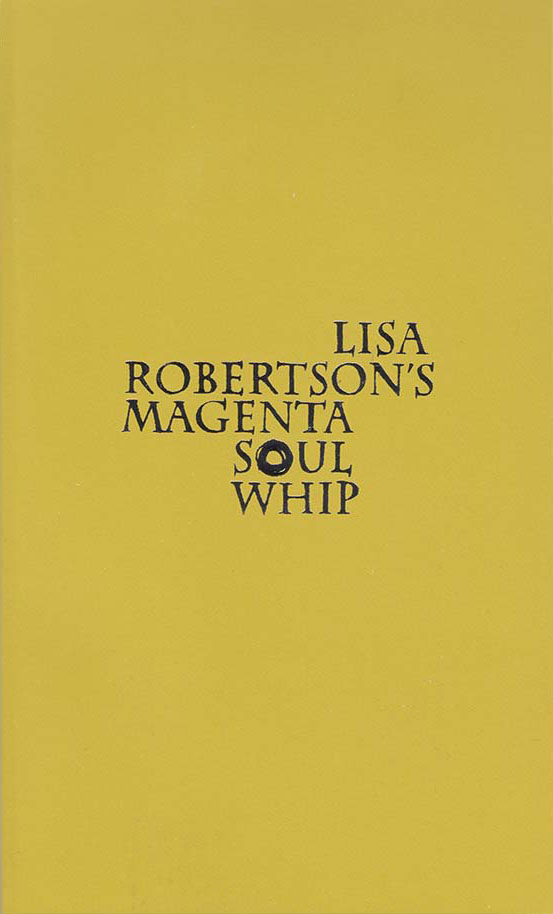
Magenta Soul Whip
Lisa Robertson writes poems that mine the past, its ideas, its personages, its syntax, to construct a lexicon of the future. Her poems both court and cuckold subjectivity by unmasking its fundament of sex and hesitancy, the coil of doubt in its certitude. Reading her laments and utopias, we realize that language, whiplike, casts ahead of itself a fortuitous form. The form brims here pleasurably with dogs, movie stars, broths, painting's detritus, Latin and pillage.
Erudite and startling, the poems in Lisa Robertson's Magenta Soul Whip, occasional works written over the past fifteen years, turn vestige into architecture, chagrin into resplendence. In them, we recognize our grand, saddened century.

Unsorcery
Unsorcery composes and explores ways of sorcery that can eventually surpass or undo some of the contemporary realities and subjectivities. It is an Artworld involved in a productive alienation from concepts through experience and from experience through thought. Unsorcery is an environment in which Alina Popa and Florin Flueras were working together, each following their own path, doing their own practices, texts and performances around the concepts: Life Programing, Artworlds, Black Hyperbox, Second Body, Dead Thinking, End Dream.

Economy as Intimacy (vol.2)

Economy as Intimacy (vol.1)
A series of choreopoems by Eric Peter. Published at the occasion of 'Assemblages of Intimacy' a group exhibition in a Tale of a Tub, Rotterdam in 2018.
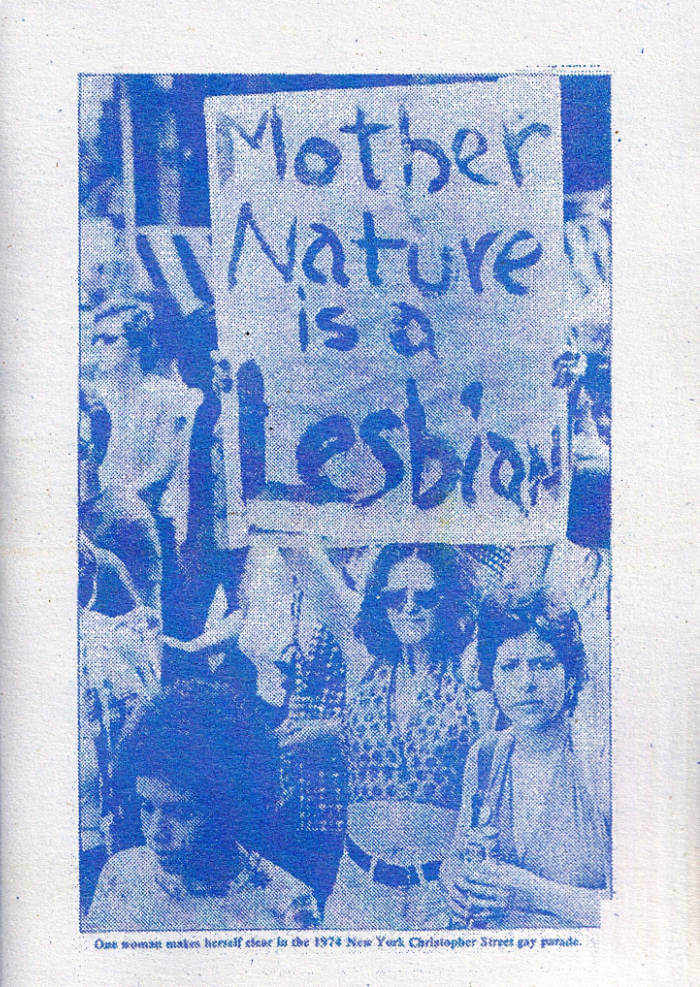
Mother Nature is a Lesbian
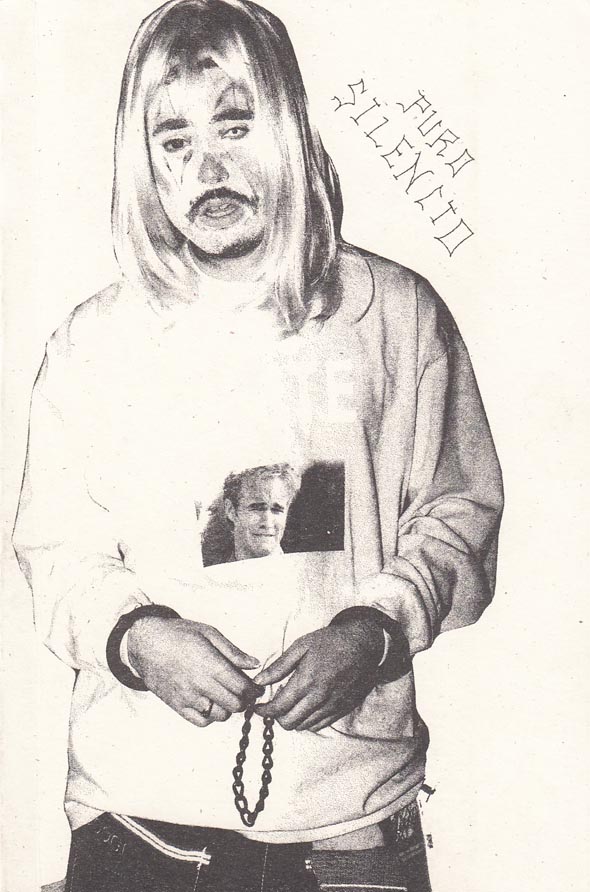
Puro Silencio
Puro Silencio is a collection of poems by queer chicanx artist Marcel Alcalá. The publication also features photographs by Marcel Alcalá, Parker Bright, David Josef Tamargo, Birk Høgsted Thomassen & Camille McOuat. This is the first book released by Marcel Alcalá

Blood Marrow Oolong Ivory

Anthology of Failure
GenderFail: An Anthology On Failure is the first in a series of publications that look into various concepts of failure from the perspectives of artists, activists, writers, and curators. The failures discussed in this publication come from various different places - from personal, political, institutional, and collective sources. Each participant was invited to contribute a work surrounding failure - especially as it pertains to their own experiences - to expand upon topics of ableism, mental health, passing, whiteness, colonization, police brutality and other illustrations of failure put onto us by dominant culture. This resulting collection might fail to articulate a cohesive interpretation of something as complex as failure, but will hopefully incite a collective consciousness that is as messy as it is thought provoking.
Contributions by: Manuel Arturo, Abreu, American Artist, Sasha Costanza-Chock, Demian DinéYazhi, Johanna Hedva, Nicole Killian, Andrea Liu, Be Oakley, Nate Pyper, Sable Elyse smith, Alok Vaid-Menon, Augustine Zegers.
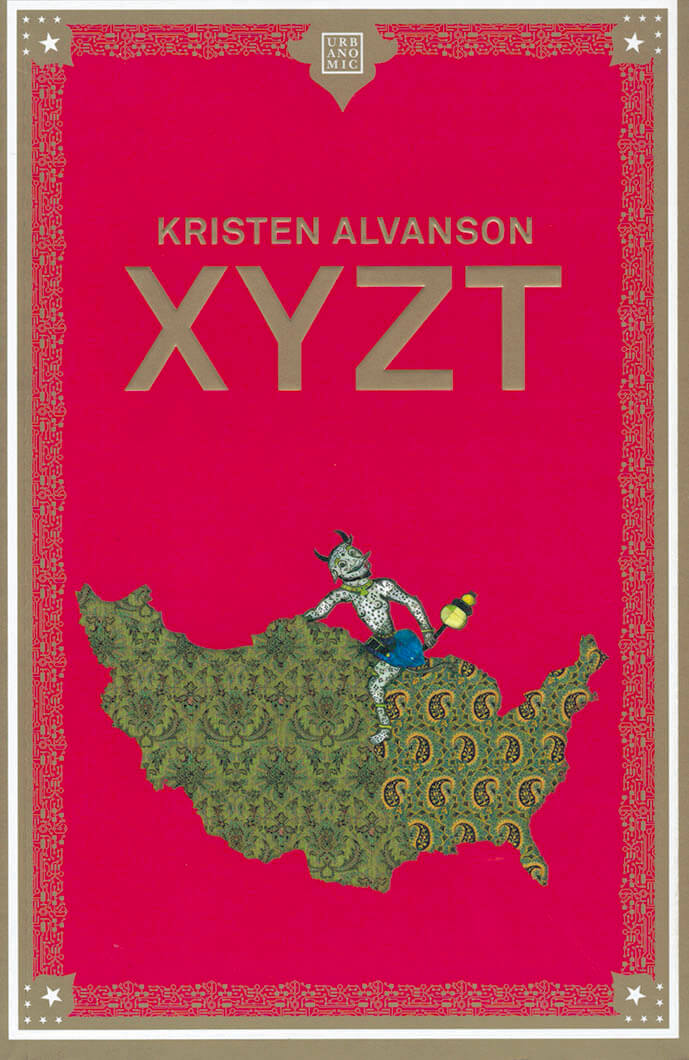
XYZT
Based on the author's experiences of living as an American in Iran, Kristen Alvanson's XYZT is a wildly imaginative dramatization of the idea of a "dialogue of civilizations" and its potentially outlandish ramifications. As part of an advanced technological test program, volunteers are shuttled back and forth between the US and Iran, hidden from the watchful eyes of immigration police and state bureaucracies. Each is given a single opportunity to be received by a local host and to have a brief authentic experience of what it means to live as “them” before being transported back home.
But far from heralding the bliss of mutual recognition, the experiment unleashes a series of displacements so disorienting that the fabric of reality begins to fray. Ordinary people become entangled in extraordinary situations, and everyday life bleeds into mythological encounters, alternate universes and dark psychedelic journeys in alien lands where the real and the imaginary are indistinguishable.
A treasury of tales told from multiple perspectives and in a multiplicity of styles, XYZT is an audacious cross-genre experiment, a firsthand memoir of what it means to see what "they" see, and a science-fictional, nonstandard engagement with anthropology in which cross-cultural encounters take on all the unpredictable features of a contemporary fairy tale.

Mother Reader
'My aim for Mother Reader has been to bring together examples of the best writing on motherhood of the last sixty years, writing that tells firsthand of the mother's experience.
Many of the writings in Mother Reader comment on and interpolate one another, in citations, in footnotes, in direct homage. As I was assembling this collection one text would lead to one another, treasure-hunt fashion, the clue provided by an acknowledgement or bibliography. And just as often the writing circles back.
In Mother Reader chapters are excerpted from autobiographies, memoirs, and novels; entries are lifted from diaries; essays and stories are culled from collections, anthologies, and periodicals. My project has been to assemble a compendium or sampler of these ''kindred spirit'' works on motherhood, so that readers, and especially mothers with limited time on their hands, can access in one volume the best literature on the subject and know where turn to continue reading." [Moyra Davey in the introduction]
Writings by Margaret Atwood, Susan Bee, Rosellen Brown, Myrel Chernick, Lydia Davis, Buchi Emeta, Annie Ernaux, Mary Gaitskill, Susan Griffin, Nancy Hutson, Mary Kelly, Jane Lazarre, Ursula K. Le Guin, Doris Lessing, Ellen McMahon, Margaret Mead, Vivian Montgomery, Toni Morrison, Tillie Olsen, Alicia Ostrker, Grace Paley, Sylvia Plath, Adrienne Rich, Sara Ruddick, Lynda Schor, Mira Schor, Dena Schottenkirk, Mona Simpson, Elizabeth Smart, Joan Snyder, Elke Solomon, Susan Rubin Suleiman, Alice Walker, Joy Williams, Martha Wilson, Barbara Zucker.
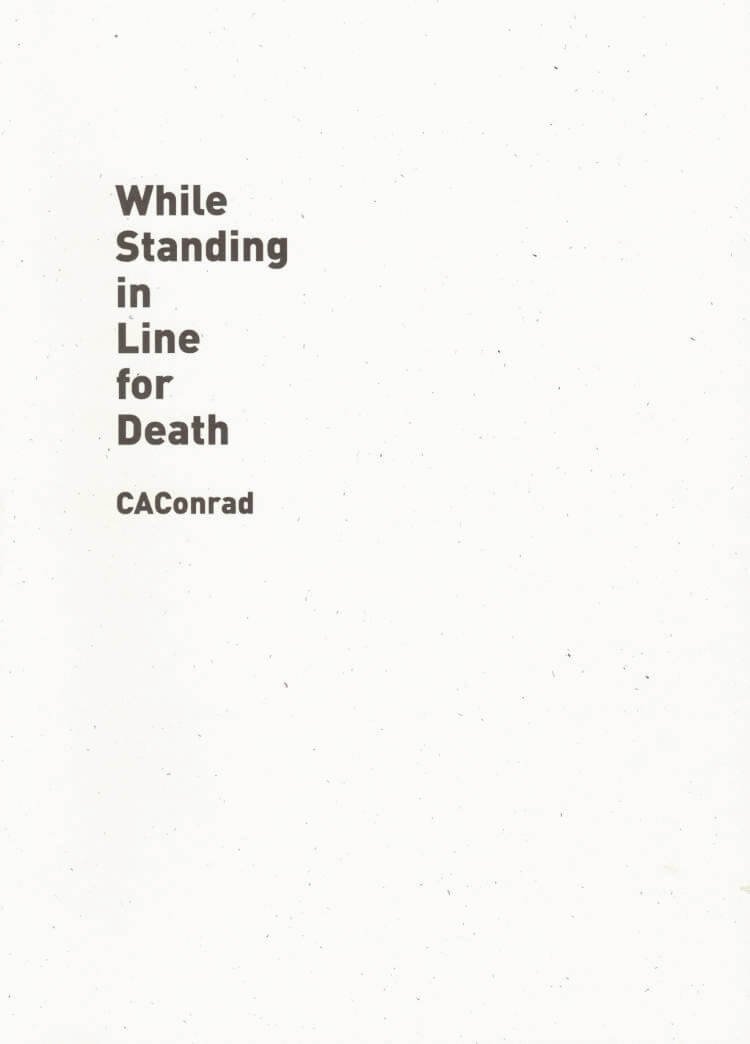
While Standing in Line for Death
After their boyfriend Earth’s murder, CAConrad was looking for a (Soma)tic poetry ritual to overcome their depression. This new book of 18 rituals and their resulting poems contains that success, along with other political actions and exercises that testify to poetry’s ability to reconnect us and help put an end to our alienation from the planet.
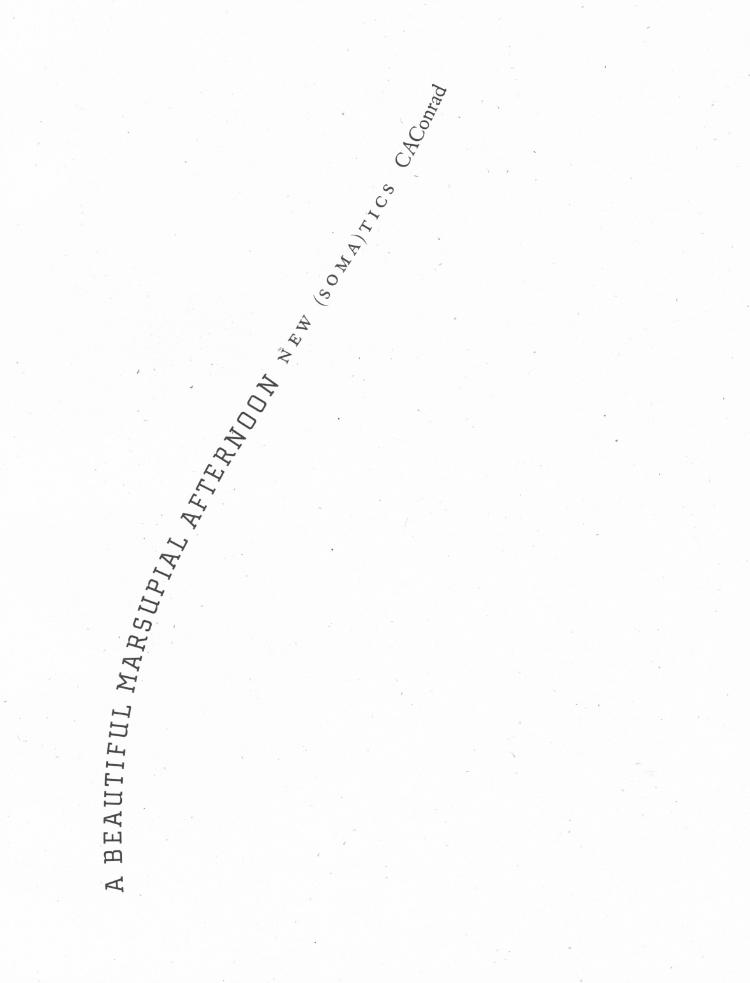
A Beautiful Marsupial Afternoon
Since their 2005 inception, CAConrad’s (Soma)tic exercises have been summoning the whole spectrum of human experience in the name of poetry.
A Beautiful Marsupial Afternoon collects 27 new and previously published exercises and their emerging poems, incorporating unorthodox steps in the writing process from the tangible everyday to the cosmos of the imagination. Together they manifest as an urgent call for a connective, concentrated, and unfettered creativity.

TABLOID
The poems of TABLOID (Zoe Darsee's Sympathies & Nat Marcus' Interview) reflect the position of its writers as actors and interpreters, as participants in pop and club culture, and as agents within a community. TABLOID is a relic of a social scene (Berlin, 2014), as such, its effects are intended to be both social and literary. The texts are brash, heartfelt, retributive and performative - they place the form of a poem alongside a conversation, rumor, or Facebook message.
Favoring this state of disposal over delicacy, the everyday over the elevated, TABLOID is produced on newsprint. The poems are scaled to the size of a column of gossip or current events; unbound, the pages will wear, shift, and possibly have a falling out. TABLOID is a newspaper founded in Berlin in the late spring of 2014. All poetry included in the first issue was written during that time and through the summer.
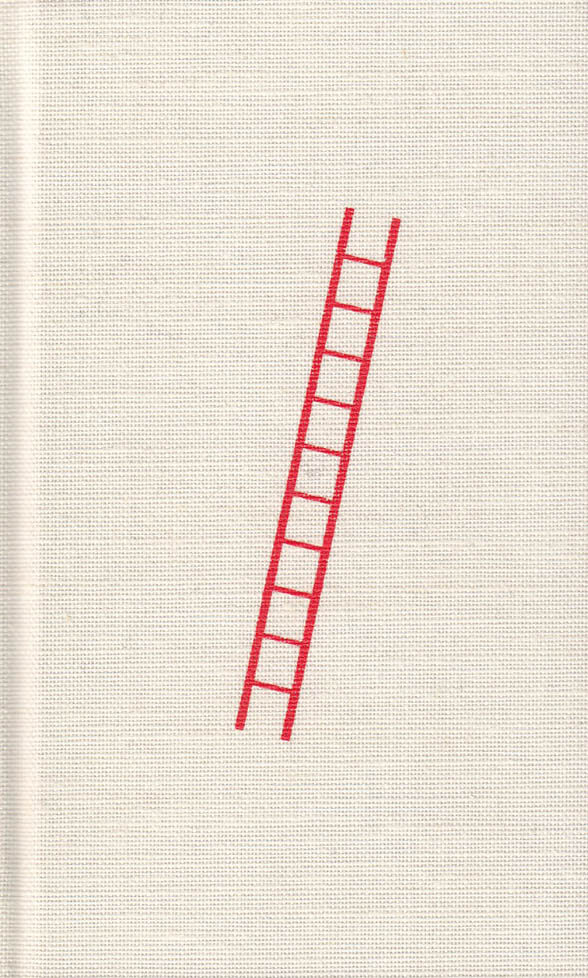
Traversals
TRAVERSALS is based on a series of conceptual interviews with Dora Garcia, Chris Kraus, Mark von Schlegell, Charles Stankievech, and Jacob Wren originally produced for an installation in an art gallery. As a re-issue of these texts, the publication continues K.'s interest in the book-as-exhibition. Each invited contributor has found a unique way to explore the hybrid spaces between genres and art forms, and the discussions focus especially on the role and relationship between visual art and writing.
While the interview process was rather formalized—with one set of five identical questions posed to each person in the first round, and then five individual questions asked in a second round in response to the first five answers—the texts themselves delight through a personal tone and a great openness for both idiosyncratic trajectories and unexpected traversals between the five different chapters.
Contributors: Dora Garcia, Chris Kraus, Charles Stankievech, Mark von Schlegell, Anna-Sophie Springer, Jacob Wren

Ecodeviance
A series of 23 (Soma)tic poetry rituals and resulting poems by CAConrad. Poetry rituals such as riding escalators and showing photographs of himself to strangers asking, “Excuse me, have you seen this person?” In another he pollinates flowers for security cameras, exclaiming, “I’M A POLLINATOR, I’M A POLLINATOR!” One was written with a ghost, another by stargazing to build his own constellations. (Soma)tic rituals are a practice of unorthodox steps aimed at breaking us out of the quotidian and into a more political and physical spiritual consciousness of The New Wilderness.
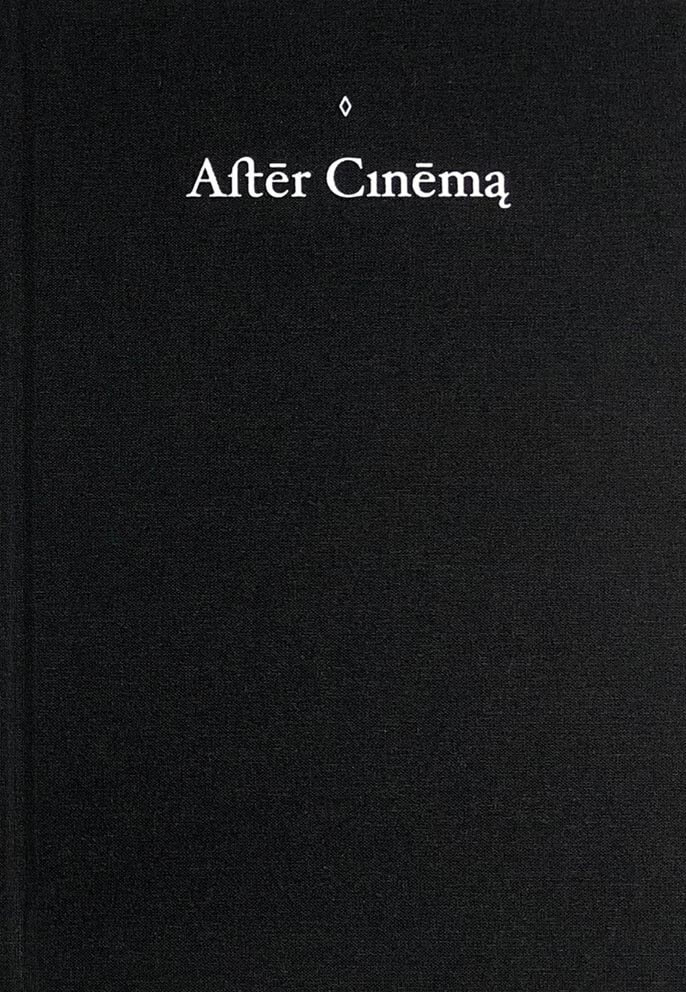
After Cinema
This book marks the ten-year anniversary of the project A Collective Memory by Azin Feizabadi. The project encompasses five narrative-driven films, alongside other artworks. Each film has its own urgency, approach, and point of departure. The films naturally vary in their subjects, they touch upon stories of migration, uprising, transformation, revolution, renewal, collapse, defeat, depression, and desire that connect the life of the artist with those around him. The research materials that have come up over the course of this project consist, on the one hand, of concrete historical events and, on the other hand, all the innumerable, fragmented personal memories spread between pats, presents, and futures that narrate every-changing stories of how things were, are, and may be.
Contributors: Jens Maier-Rothe & Ashkan Sepahvand (co-editors) Shahab Fotouhi, Nanna Heidenreich, Sarah Rifky, Rasha Salti, Ashkan Sepahvand, Jan Verwoert, Chiara Figone